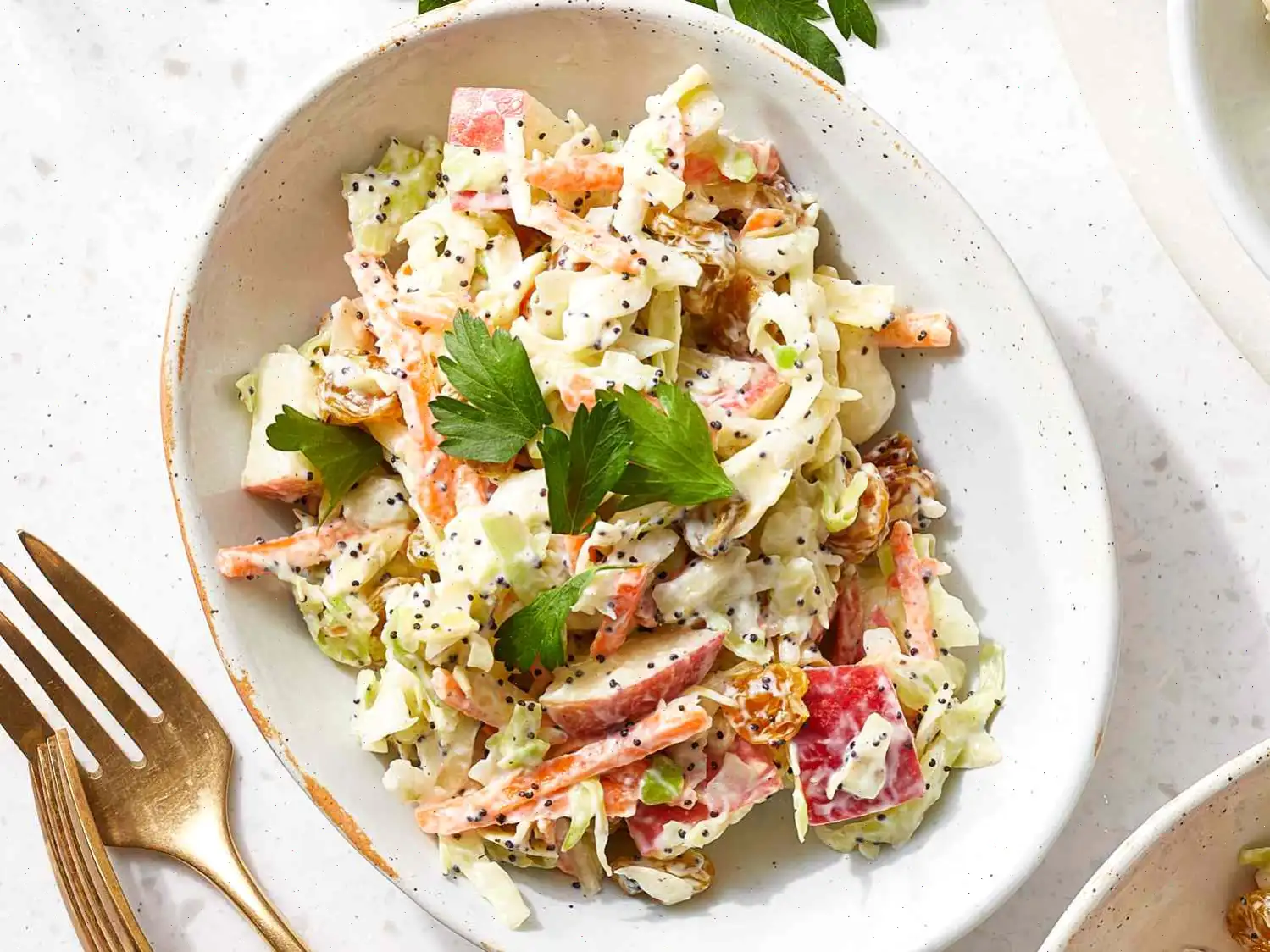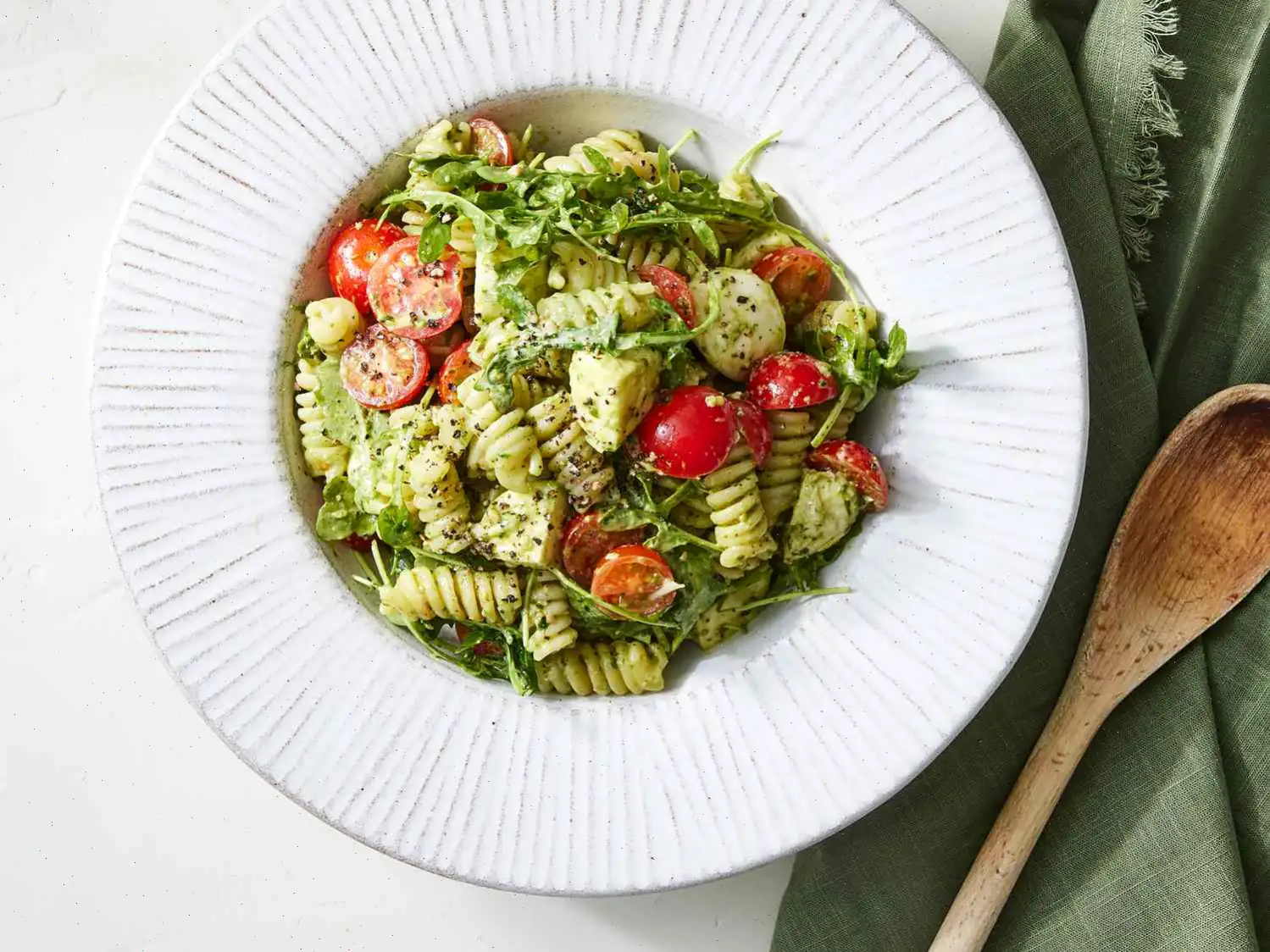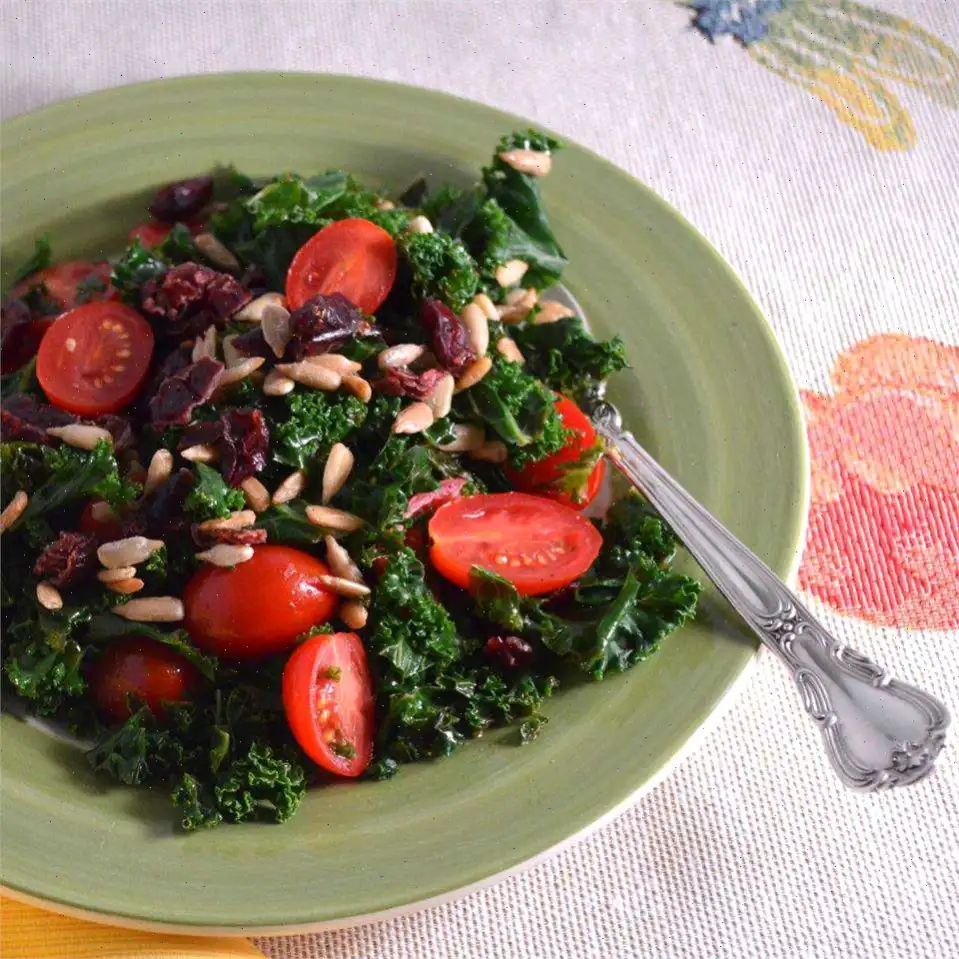
Charred Cabbage, Ginger, and Sesame Slaw Recipe
Ingredients
- 1 head red cabbage (about 2 pounds)
- 1 lime, halved
- 6 green onions
- 1 (2-inch piece) fresh ginger, unpeeled
- 2 carrots, peeled and coarsely shredded
- 3 tablespoons vegetable oil
- 3 tablespoons rice vinegar
- 2 teaspoons honey or agave syrup
- 2 teaspoons Sriracha
- 1 teaspoon toasted sesame oil
- 1 clove garlic, minced
- 1/2 teaspoon crushed red pepper
- 1/4 teaspoon salt
- 4 teaspoons sesame seeds, toasted
- Chopped, unsalted roasted peanuts, for garnish
Directions
- Preheat an outdoor grill to medium heat (350F to 375F/175C to 190C).
- Remove any wilted outer leaves from the cabbage and cut the head into quarters.
- Lightly oil the grill grates.
- Place the cabbage quarters, lime halves (cut side down), green onions, and ginger on the grill grates. Cover and grill.
- Grill the green onions and lime, turning halfway through. Grill green onions for 2 to 4 minutes and lime for 6 to 8 minutes until charred.
- Grill the cabbage and ginger, turning halfway through, for 12 to 16 minutes until the cabbage is charred and the ginger is softened.
- Once cool enough to handle, core and shred the cabbage. Chop the grilled green onions, discarding any parts that are completely charred.
- In a large bowl, toss the shredded cabbage, green onions, and shredded carrots together.
- Peel and grate 1 tablespoon of ginger (save the rest for another use).
- In a small bowl, whisk together the grated ginger, juice from the grilled lime, vegetable oil, rice vinegar, honey, sriracha, sesame oil, minced garlic, crushed red pepper, and salt.
- Pour the dressing over the cabbage mixture and toss to combine.
- Cover and refrigerate the salad for 1 hour before serving, or up to 1 week.
- Just before serving, sprinkle sesame seeds on top and toss to combine. Garnish with chopped peanuts.
Nutrition Facts (per serving)
| Calories | 171 |
|---|---|
| Total Fat | 10g |
| Saturated Fat | 1g |
| Cholesterol | 0mg |
| Sodium | 194mg |
| Total Carbohydrate | 20g |
| Dietary Fiber | 6g |
| Total Sugars | 9g |
| Protein | 4g |
| Vitamin C | 63mg (70%) |
| Calcium | 110mg (8%) |
| Iron | 2mg (10%) |
| Potassium | 564mg (12%) |

The Charred Cabbage, Ginger, and Sesame Slaw is a refreshing twist on the classic coleslaw. Its bold flavors come from the combination of grilled cabbage, tangy lime, spicy sriracha, and the umami depth of toasted sesame oil. The slaw is a versatile dish that can accompany a variety of meals, from barbecues to light weeknight dinners.
History and Origins
While coleslaw is widely associated with American cuisine, its roots can be traced back to ancient Roman times, where shredded cabbage was mixed with eggs and vinegar. The term "coleslaw" itself is derived from the Dutch word "cabbage salad" ("cabbage" being "kool" in Dutch, and "sla" meaning salad). The introduction of sesame and ginger to this traditional dish reflects a modern fusion of East and West. The addition of grilled cabbage and the punch of ginger can be traced to Asian influences, particularly those found in Korean and Japanese cuisine, where cabbage and sesame oil are frequently used in dishes such as kimchi or sesame-dressed salads.
Regional Characteristics
This slaw recipe draws heavily on flavors from East Asia, particularly Japanese and Korean culinary traditions. The use of sesame oil and ginger is a hallmark of many Asian salads, where sesame adds a rich, nutty depth and ginger provides a fresh, zesty bite. The grilling of the cabbage adds a smoky, caramelized note that gives the dish an added layer of complexity, setting it apart from its typical cold, raw counterparts.
Comparison to Similar Dishes
What sets Charred Cabbage, Ginger, and Sesame Slaw apart from other coleslaw variants is the cooking method and the unique combination of ingredients. Traditional coleslaw is often made with raw cabbage, carrots, and a creamy dressing, usually based on mayonnaise. In contrast, this recipe incorporates grilled cabbage and lime, which infuses it with smoky flavors and a citrusy brightness. The ginger and sesame oil further differentiate this slaw by providing an Asian-inspired twist, making it far more aromatic and complex than the standard version. Additionally, the inclusion of sriracha gives the dish a spicy kick that is less commonly found in traditional American slaws.
Where It's Typically Served
This slaw is particularly popular at barbecues and outdoor gatherings. The charred cabbage and vibrant flavors make it a perfect complement to grilled meats, especially pork, chicken, and beef. It also pairs well with fish tacos, serving as a crunchy and spicy side. While it is a staple at modern fusion eateries, it can also be found in contemporary barbecue joints that embrace a more global approach to Southern comfort food. In Japan and Korea, similar slaws may accompany dishes like grilled fish, ramen, or Korean BBQ.
Interesting Facts
- Red cabbage, the main ingredient in this slaw, is not only rich in flavor but also packed with antioxidants, particularly anthocyanins, which are responsible for its vibrant purple color.
- Sesame oil, used in this recipe, is prized in Asian cuisine for its deep, nutty flavor. It is made from roasted sesame seeds and is used in a variety of dishes, from stir-fries to soups.
- Grilled cabbage may sound unusual, but this technique adds a wonderful depth of flavor, creating a smoky and slightly sweet taste that contrasts with the slaw's crunchy texture.
- The recipes use of lime, ginger, and sriracha introduces a balance of acidity, spice, and sweetness, which is a key component in many Asian salads.
In conclusion, this Charred Cabbage, Ginger, and Sesame Slaw is a delightful fusion dish that showcases the versatility of cabbage, transforming it from a simple vegetable into a flavorful, smoky, and tangy salad. Its rich history, regional influences, and unique preparation method make it a standout at any meal, especially when paired with grilled or barbecued foods.
FAQ about Charred Cabbage, Ginger, and Sesame Slaw Recipe
Comments
Jack King
03/28/2023 11:35:56 AM
Great recipe! I forgot to buy sesame oil, but it turned out delicious even without it. I will definitely make it again, this time with all the right ingredients!








